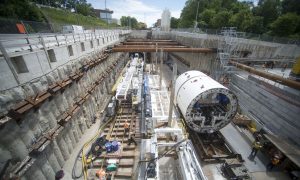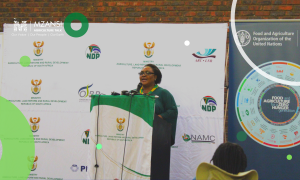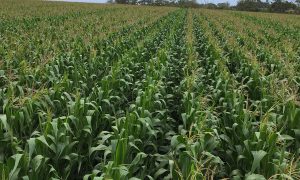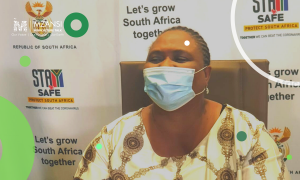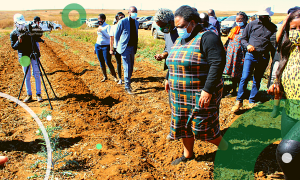Understanding the Land-use Gap between Commercial and Non Commercial maize farmers in RSA

Are they in sync or regressing?
Agriculture and food security are at the top of South Africa’s development agenda, enjoying the support of Government and attracting favourable investments from both the public & private sector. The development of smallholder farmers in South Africa is central to the agricultural transformation that is taking shape, however smallholder farmers continue with the struggle to expand their farming endeavours due to numerous factors that also include access to productive agricultural land. We understand that maize in South Africa remains one of the most important commodities that is regarded as the staple food. The country is self-sufficient in terms of producing maize for both human and animal consumption. With the surplus that at times is exported to our neighbouring countries and some that is used for the Industrial purposes.
South Africa is self-sufficient in terms of producing maize, with more 90% of the maize produced through commercial agriculture. Even the land use for maize production in South Africa the majority of the land is more concentrated on commercial agriculture. Over the years both public and private sector has developed initiatives and programmes that are aimed at alleviating the Gap between the two sectors of the economy. Some of the private sector initiatives for the development of smallholder farmers include soil correction, mentorship and insurance done by GFADA under the Transformation pillars of Maize Trust and there are other developments to complement these efforts.
I believe Land is one of the important factors of productions that can encourage producers to remain competitive this also goes with access to other inputs and the adoption of new farming practices. The graph below explains land-use patterns by commercial and smallholder farmers in the past 70years to produce sufficient maize for the country. The Gap between smallholder and commercial farmers remains wider, in the same period under review smallholder farmers seemed to have been confined to produce at less than 11% of the total land that is cultivated for maize in RSA. However, if you look at the shift in the area planted by commercial farmers in 1948 and 2018 it dropped from 2.8-2.3 million Ha. While the smallholder farmers area planted significantly dropped by 72% from 1 million to 296 thousand Ha. This significant drop in the area planted by smallholder farmers is could be attributed by several factors that include urbanisation and change in the farming enterprises (from crop to livestock farming).
To answer the question are they in sync or regressing? Both sectors are regressing in terms of land use for maize production. I, therefore, believe government programmes and initiatives like the Agricultural Master Plan are likely to respond to some of these challenges like this one and further provide guidance on reshaping the South African agricultural sector.

Article by: Dr Abongile Balarane, Agricultural Economist (Grain Specialist)
Disclaimer: The views and opinions expressed in this article are those of the author. They do not purport to reflect the opinions or views of Mzansi Agriculture Talk or its members.




